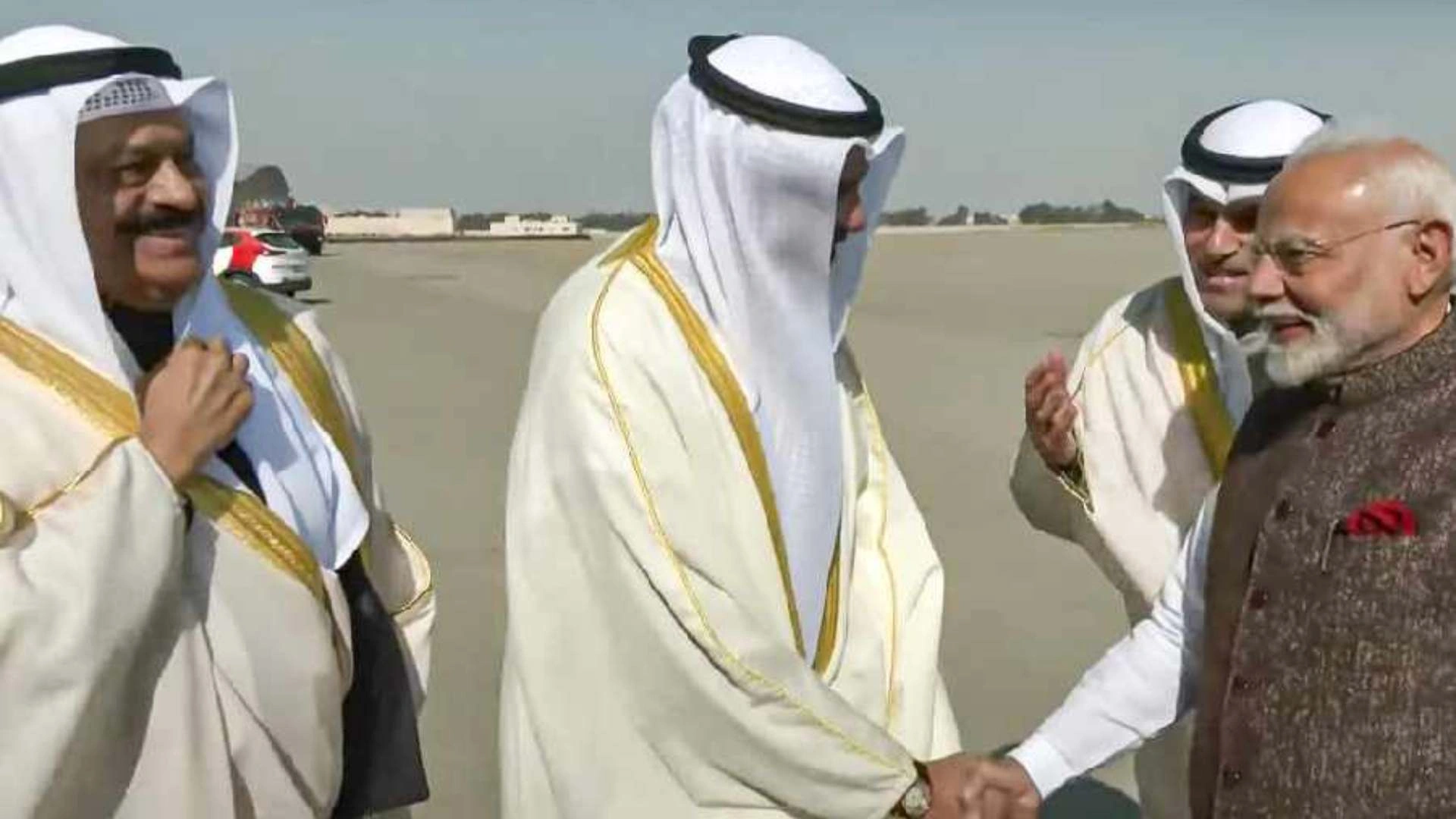As Atishi Singh steps into the position of the Chief Minister of Delhi after Arvind Kejriwal submitted his resignation, the city is faced with a persistent and severe pollution crisis. Delhi, notorious for its smog-filled winters and deteriorating air quality, requires immediate and effective action from both the state government and the central authorities to address this pressing issue.
Delhi’s air pollution crisis is characterized by high levels of particulate matter (PM2.5 and PM10), which significantly impact public health. During the winter months, pollution levels often reach hazardous levels due to a combination of factors including vehicular emissions, industrial activity, construction dust, and the seasonal burning of crop residue in neighboring states. The result is a thick blanket of smog that affects millions of residents and poses serious health risks, including respiratory and cardiovascular diseases.
Central government’s initiatives for Delhi’s pollution crisis
While the central government has been effectively working towards resolving the problem of pollution and finding solutions to the crisis, the same cannot be said about the Aam Aadmi Party government that had been in power for the two terms since 2015. The key initiatives brought in by the central government include:
- Graded Response Action Plan (GRAP): This framework outlines a series of guidelines and measures implemented to combat air pollution in India’s National Capital Region (NCR), which includes Delhi and its surrounding areas.
- National Clean Air Programme (NCAP): Launched in 2019, the NCAP aims to reduce particulate matter pollution by 20-30% by 2024, relative to 2017 levels. It includes funding for state and city-level air pollution control projects, and the establishment of monitoring networks. Under NCAP, “PRANA”—Portal for Regulation of Air Pollution in Non-Attainment Cities— was created as a portal for monitoring the implementation of NCAP. It aims to support tracking of physical as well as financial status of city air action plan implementation and disseminate information on air quality management efforts under NCAP to the public.
- Pollution Control Regulations: The central government has introduced stricter emission norms for industries and vehicles, and has supported the transition to cleaner fuels and technologies.
- Public Awareness and Health Advisory: Initiatives to raise awareness about air pollution and its health impacts have been promoted, along with issuing health advisories during high pollution events.
Additionally, coal-based power plants were closed, and gas-based plants were promoted. Only vehicles that meet BS-VI emission standards were registered in Delhi. Petrol vehicles that are more than 15 years old and diesel vehicles that are more than 10 years old were phased out. CPCB teams were also deployed on the ground to monitor air pollution activities and refer them to the implementing agencies.
AAP’s initiatives for Delhi’s pollution crisis
Meanwhile, the Arvind Kejriwal-led Aam Aadmi Party (AAP) has been under fire for its handling of Delhi’s pollution crisis. Despite repeated promises, their efforts have largely been seen as ineffective or superficial. Some notable actions include:
- Odd-Even Scheme: Introduced as a road rationing initiative in 2015, it has been inconsistent and has failed to bring about significant long-term improvements in air quality. It has been criticized as a headline-grabbing measure rather than a substantive solution.
- Campaigns and Fines: In 2018, the National Green Tribunal fined the Delhi government Rs 25 crore for its failure to curb pollution. The “Clean Air Campaign” and the subsequent “Yudh Pradushan Ke Virudh” campaign, which included a plantation drive, have been widely publicized but have shown little tangible progress.
- Electric Buses and the Switch Delhi Campaign: The promise of 2,000 electric buses by March 2023 remains unfulfilled due to delays in procurement, stalling the much-needed transition to cleaner transportation.
- Smog Towers: The Delhi government had spent Rs 22.9 crore on a smog tower in Connaught Place, followed by Rs 5.58 crore on advertising it. However, its impact has been minimal, with the tower seen as an ineffective and costly solution.
- Environmental Compensation Charge (ECC): While over Rs 1.491 crore has been collected in ECC since 2015, a significant portion remains unused, and there is a lack of clarity on the allocation of funds.
Will new CM Atishi find a solution to the pollution crisis?
The Delhi government has often deflected responsibility for the city’s pollution crisis, with former Chief Minister Arvind Kejriwal attributing the problem to stubble burning in Punjab or labeling it as a “national issue.” However, the government has been slow to implement stricter emission standards and take decisive action against illegal constructions and industrial activities that contribute significantly to pollution.
What’s lacking is a comprehensive, long-term strategy that targets the root causes of pollution, rather than relying on short-term, politically motivated solutions.
Atishi, who became Delhi’s 8th Chief Minister in September 2024 following Arvind Kejriwal’s resignation, is a key member of the Aam Aadmi Party’s Political Affairs Committee and oversees important portfolios such as Education, PWD, Culture, and Tourism. Previously, she served as an advisor to former Deputy Chief Minister Manish Sisodia, focusing on education reforms from July 2015 to April 2018.
Now, stepping into the role during a challenging time for the party—amid controversies involving key AAP leaders like Kejriwal’s involvement in money laundering and the Delhi excise policy scandal—Atishi has managed to hold the party together. However, as Delhi continues to struggle with a severe pollution crisis, it remains to be seen if she can deliver effective, long-term solutions to improve air quality. Her leadership on this critical issue will be pivotal in shaping the future of Delhi and restoring confidence in the AAP’s governance.
Also read: NewsX in Kashmir: Women Voters Surpass Men, So What Do They Want?


















